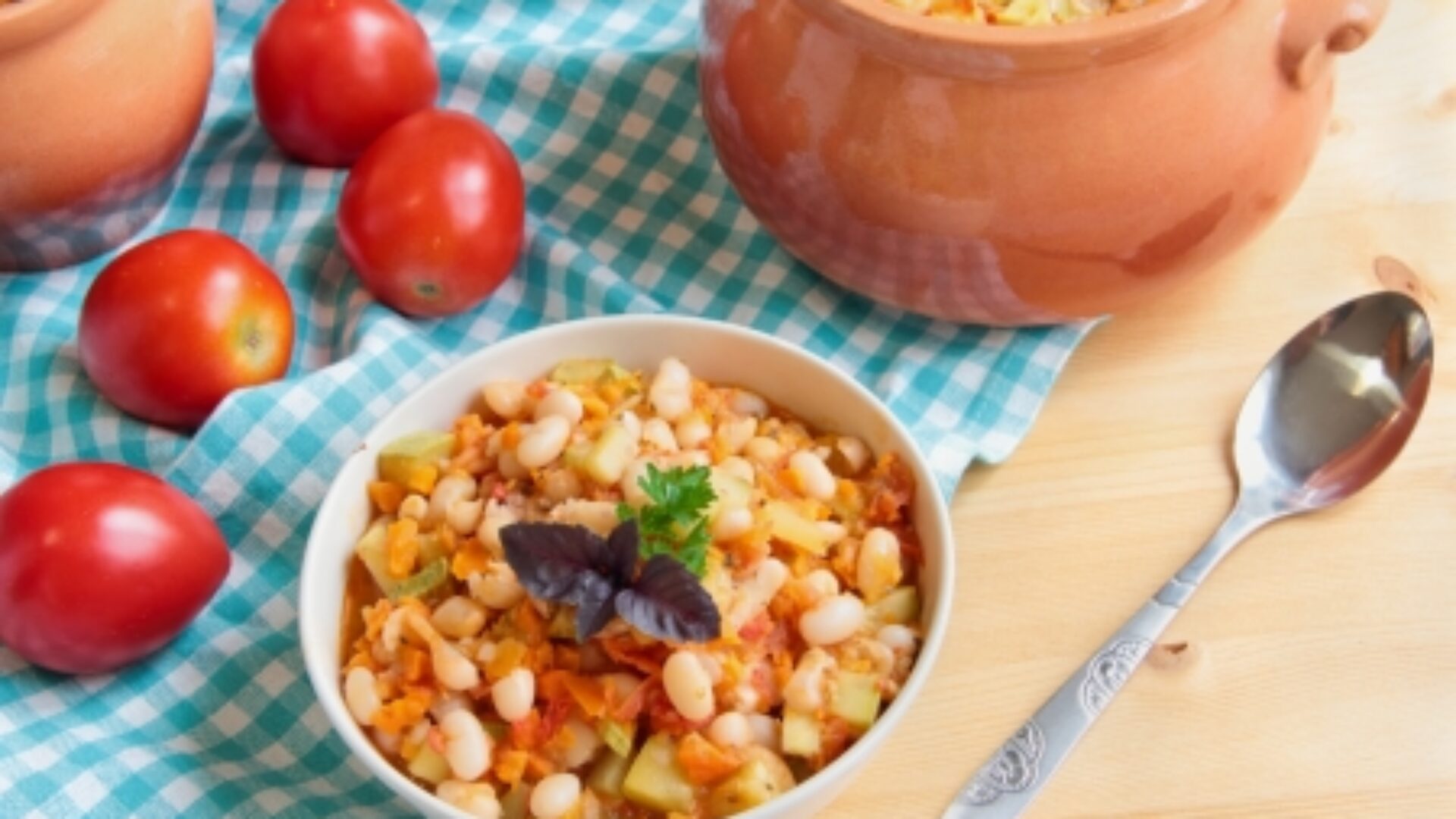Cashew Nut Cheese Dip
Get ready to dive into a world of creamy and delicious goodness with our Cashew Nut Cheese Dip. This easy, plant-based treat is perfect for anyone looking to savor the flavors of cheese dip without all the extra stuff you might want to avoid. Simple and Tasty Ingredients This dip is made with simple, wholesome ingredients like cashews, tahini, miso, lemon juice, nutritional yeast, and a punch of garlic. It's all about keeping it simple, nutritious, and delicious! Why You'll Love It Unlike regular cheese dips full of GMOs and hormones, this cashew-based version is kinder to your body. It's packed with good stuff that can help keep…



